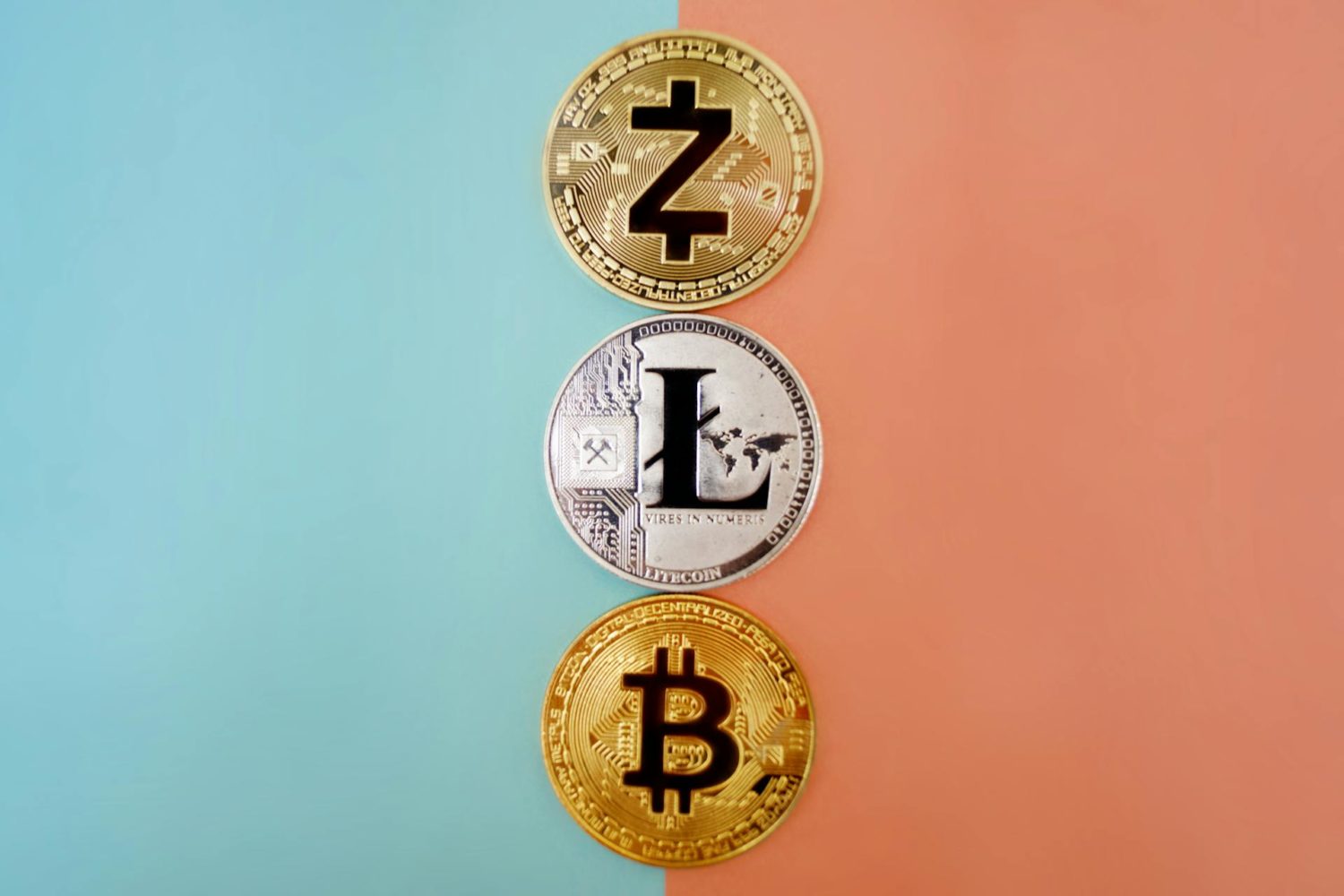Blockchain technology, a transformative innovation of the 21st century, has revolutionized industries, from finance to healthcare, from supply chain management to realms beyond. At its heart lies an immutable digital ledger — decentralized and secure in recording transactions across countless computers. Contrasting with centralized systems reliant on authority figures, blockchain ensures transparency and trust through cryptographic algorithms and consensus mechanisms, cornerstones for this modern marvel’s strength. The groundbreaking approach has ushered in cryptocurrencies — such as Bitcoin and Ethereum— and a plethora of decentralized applications (DApps). These innovations are reshaping our interaction with digital systems.
Developers experience a paradigm shift with blockchain. It revolutionizes the construction and deployment of applications. Unlike traditional apps — which depend on centralized servers — DApps run on decentralized networks, providing increased security, transparency, and resistance to censorship. But as the blockchain ecosystem matures, crafting scalable and secure DApps emerges as an ever-greater necessity. Ensuring that applications can scale to meet escalating user demands is crucial; without this, performance suffers. Meanwhile, securing user data and assets in a trustless environment remains paramount. Developers who tackle these challenges unlock blockchain technology’s full potential. They spawn not only innovative but also practical and reliable solutions ripe for widespread adoption.
Understanding Blockchain Basics
Decentralization and Distributed Ledger
Decentralization forms the core of blockchain technology, where a peer-to-peer network ensures that no single party controls the system; rather, every participant collaborates to validate and record transactions. By removing intermediaries, blockchain diminishes single-point failure risks, forging a more resilient and equitable system.
The distributed nature of blockchain ensures a superior level of security: tampering with one ledger copy becomes ineffective without consensus from the majority of nodes — this immutable, transparent record-keeping underpins blockchain’s revolutionary impact across various industries, including finance and healthcare.
Decentralization and distributed ledgers empower users, they gain greater control over their data and assets. In traditional systems, centralized entities—whom users must trust to manage information responsibly—are replaced by blockchain’s shift toward individual ownership and control. This paradigm shift enhances privacy and fosters innovation. Various blockchain solutions for developers help build decentralized applications — DApps — that operate free from centralized control constraints, thus paving the way for a more open and inclusive digital economy.
Smart Contracts and Their Role in DApps
Smart contracts—self-executing programs on blockchain networks — not only automate processes but also form the backbone of decentralized ecosystems. They enable user interactions within applications, such as a DeFi platform, without central oversight, allowing direct lending, borrowing, and trading between users. Eliminating intermediaries, these contracts slash costs, but they also heighten transparency and trust among participants. Furthermore, the open-source characteristic of numerous smart contracts permits developers to scrutinize and refine them, thus encouraging collective progress and breakthroughs within the blockchain community.
Key Considerations for Scalable DApps
Layer-1 vs Layer-2 Scaling Solutions
Decentralized applications — DApps — are increasingly popular; yet, scalability poses a significant challenge for developers. Layer-1 solutions target this issue directly. By upgrading the underlying blockchain protocol, they boost network capacity through architectural enhancements. Take Ethereum’s evolution to Ethereum 2.0 as an example — it has adopted proof-of-stake and sharding to markedly advance transaction throughput and energy efficiency. Layer-1 upgrades typically demand extensive development time and consensus across the entire network — factors that decrease their agility in addressing immediate scaling needs.
Layer-2 solutions enhance the base blockchain’s scalability by operating above it. Technologies such as rollups, state channels, and sidechains expedite transactions — both in speed and cost — by offloading computational tasks from the main chain. For example, rollups consolidate multiple transactions into a single batch for submission to Layer-1, alleviating congestion while decreasing expenses. Developers seeking immediate scalability find these solutions appealing — especially without the wait for Layer-1 upgrades.
Optimizing Gas Fees and Transaction Throughput
DApp developers, aiming to create scalable and user-friendly applications, must critically consider gas fees — the cost of executing transactions on a blockchain. High gas fees, particularly during network congestion periods, can deter users. To mitigate this issue, developers should write efficient code for their DApp’s smart contracts, minimizing computational requirements. For instance, by cutting redundant operations and utilizing storage efficiently—thus significantly lowering gas costs—an application becomes more accessible to users.
Improving transaction throughput, beyond merely reducing gas fees — is crucial for the expansion of DApps. Techniques such as batching transactions, which consolidate several operations into one, enhance efficiency. Developers, by zeroing in on gas fee optimization and enhancing transaction throughput, can engineer scalable DApps. These provide a seamless and cost-effective user experience, thereby fostering increased adoption and ensuring long-term success.

Conclusion
Blockchain technology emerges as a revolutionary force, providing developers with unmatched opportunities to create decentralized applications — DApps — that are innovative and transformative. Its principles of decentralization, transparency, and immutability give rise to solutions once unimaginable in conventional systems. For developers, blockchain offers a platform where they can construct applications that eradicate intermediaries, bolster security — and most importantly — empower users with unprecedented control over their data and assets. Blockchain’s vast potential touches diverse industries: finance, healthcare, supply chain, gaming — and extends even further. Developers harness this technology to create scalable and secure DApps that revolutionize our digital interactions, forging a path toward a decentralized and fairer digital future.












